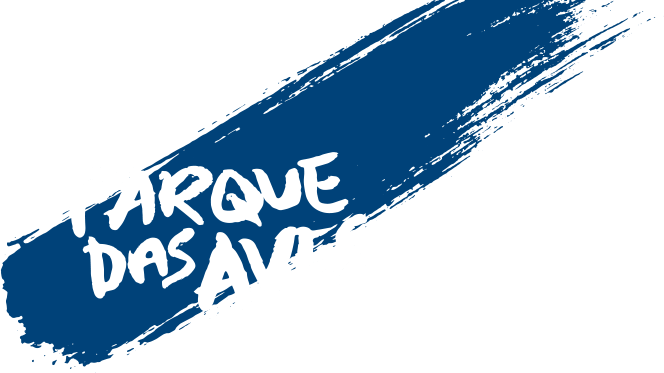
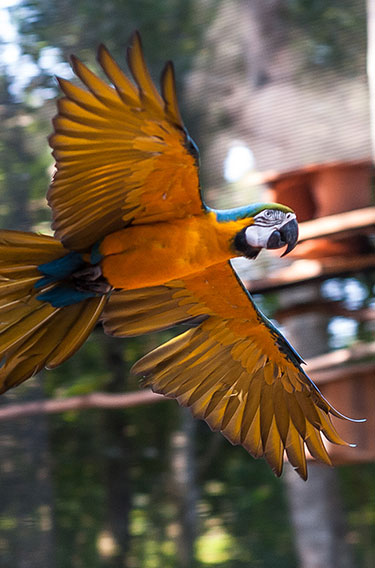

DIVERSITY OF ATLANTIC RAINFOREST BIRDS
The Atlantic Rainforest is one of the most biodiverse biomes on the planet and is the home for almost 1,000 bird species. Among them are the birds of the Psittacidae family, which include the macaws, parrots, parakeets, conures, and many others.
The great occurrence of parrots, macaws, and many other birds of this family gave the first name by which Brazil was known, which is the “Land of Parrots”. In Brazil there are 13 species of macaws and 12 species of parrots. Some of them exist only in the Atlantic Rainforest, such as the vinaceous-breasted amazon parrot (Amazona vinacea), the red-browed Amazon parrot (Amazona rhodocorytha), and the red-tailed amazon parrot (Amazona brasiliensis).

 |
DIVERSITY OF ATLANTIC RAINFOREST BIRDS |

The Atlantic Rainforest is one of the most biodiverse biomes on the planet and is the home for almost 1,000 bird species. Among them are the birds of the Psittacidae family, which include the macaws, parrots, parakeets, conures, and many others.
The great occurrence of parrots, macaws, and many other birds of this family gave the first name by which Brazil was known, which is the “Land of Parrots”. In Brazil there are 13 species of macaws and 12 species of parrots. Some of them exist only in the Atlantic Rainforest, such as the vinaceous-breasted amazon parrot (Amazona vinacea), the red-browed Amazon parrot (Amazona rhodocorytha), and the red-tailed amazon parrot (Amazona brasiliensis).
They are species that can live more than 50 years. Their sizes can vary from 12 cm, such as the blue-winged parrotlet (Forpus xanthopterygius) up to 1 meter, such as the hyacinth macaw (Anodorhynchus hyacinthinus). They have tall curved beaks. Their plumage varies between colors of green, red, yellow, blue, and purple.
A large part of the Psittacidae are sociable among themselves, monogamous, and have the habit of always living in groups, being equipped with a variety of vocalizations to maintain the group’s cohesion, asking for food, settling disputes with other species, sounding an alarm, etc.

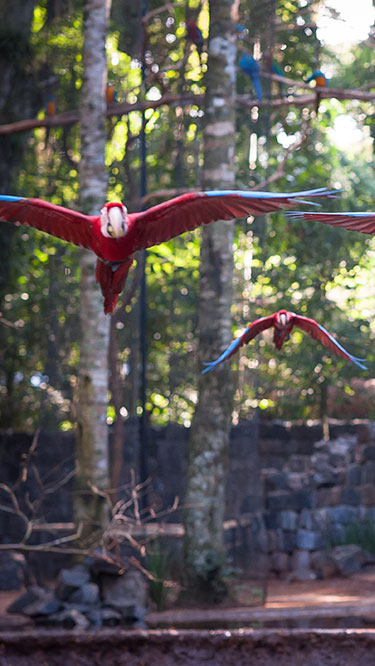
Parque das Aves has a long history of sheltering and recovering animals, mainly from the Atlantic Rainforest, but also from other biomes. The Park contributes with various National Action Plans and conservation and research projects in reproductive management. This list includes the Lear’s macaw (Anodorhynchus leari), critically endangered and one of the most rare birds of the world.
CONHEÇA AS ESPÉCIES
QUE VIVEM NO VIVEIRO
DAS ARARAS
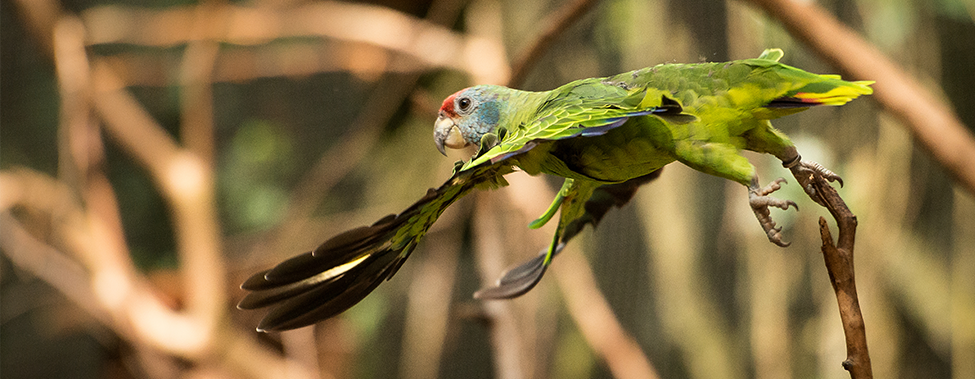
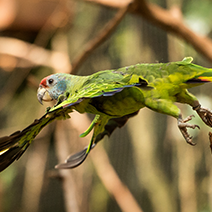
 Every day from 8:30am to 5:30pm
Every day from 8:30am to 5:30pm Prices
Prices


